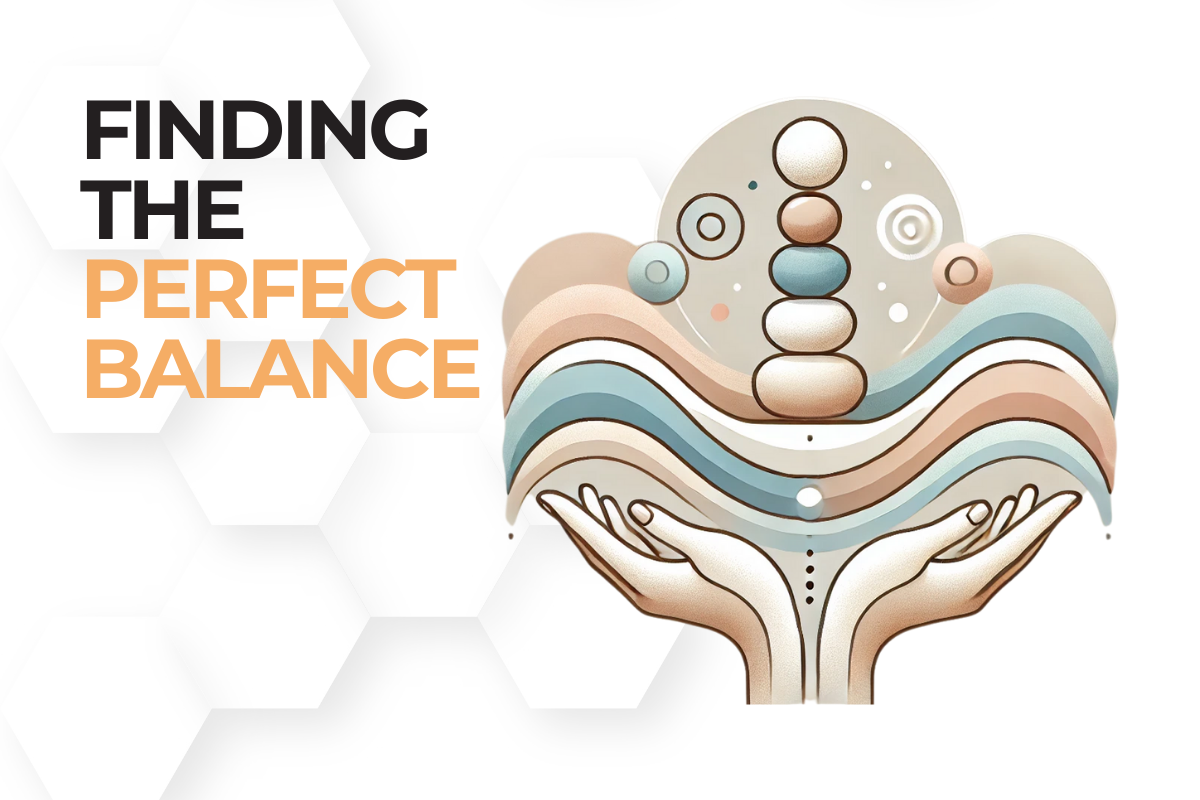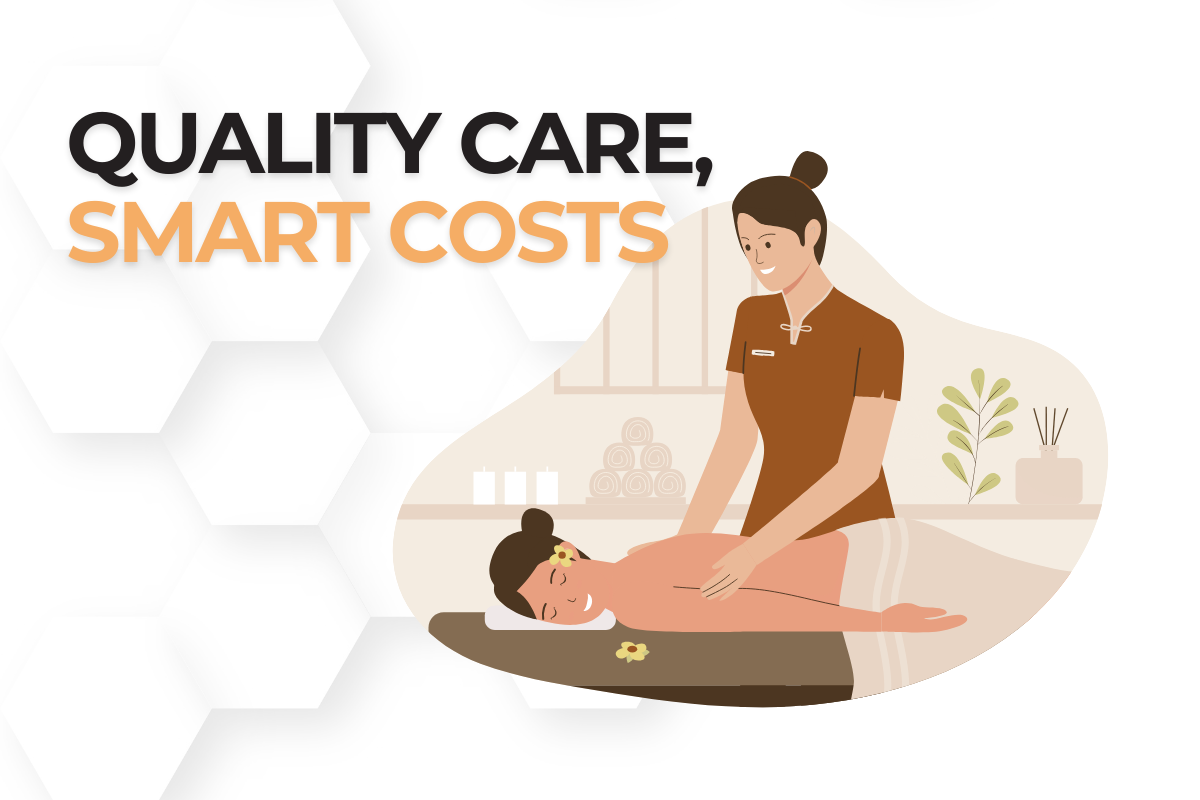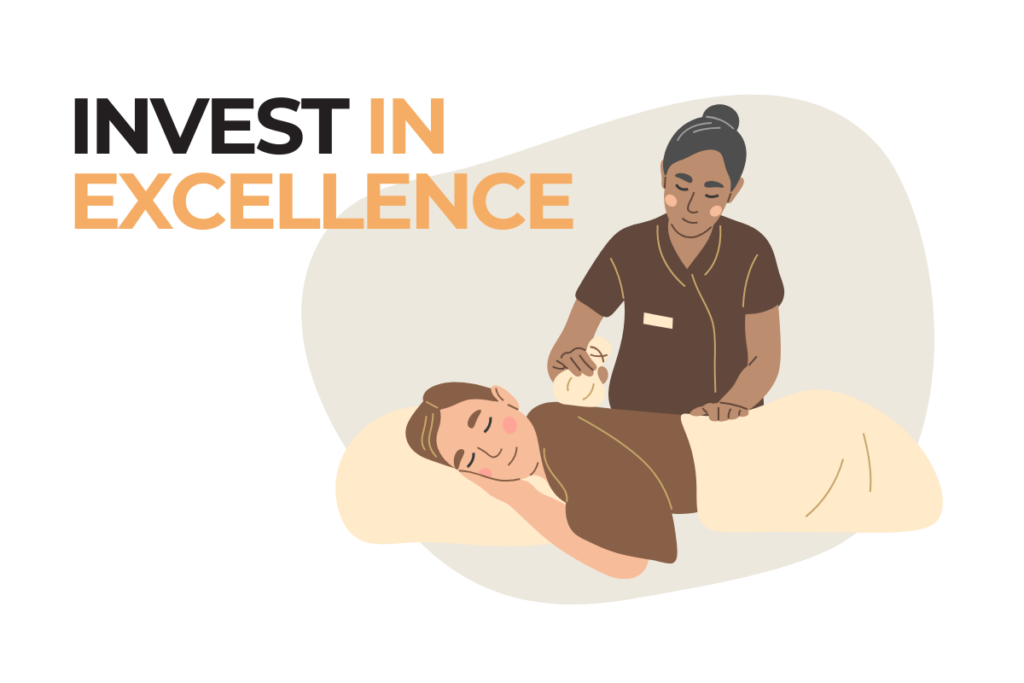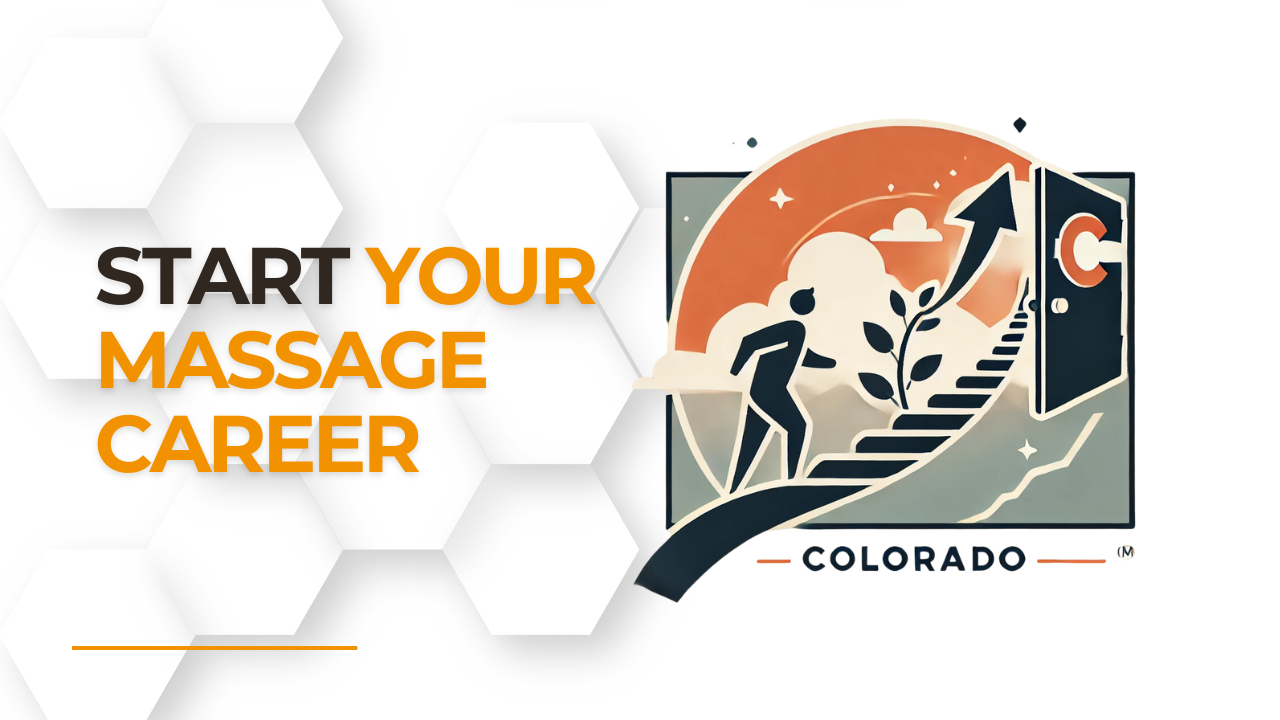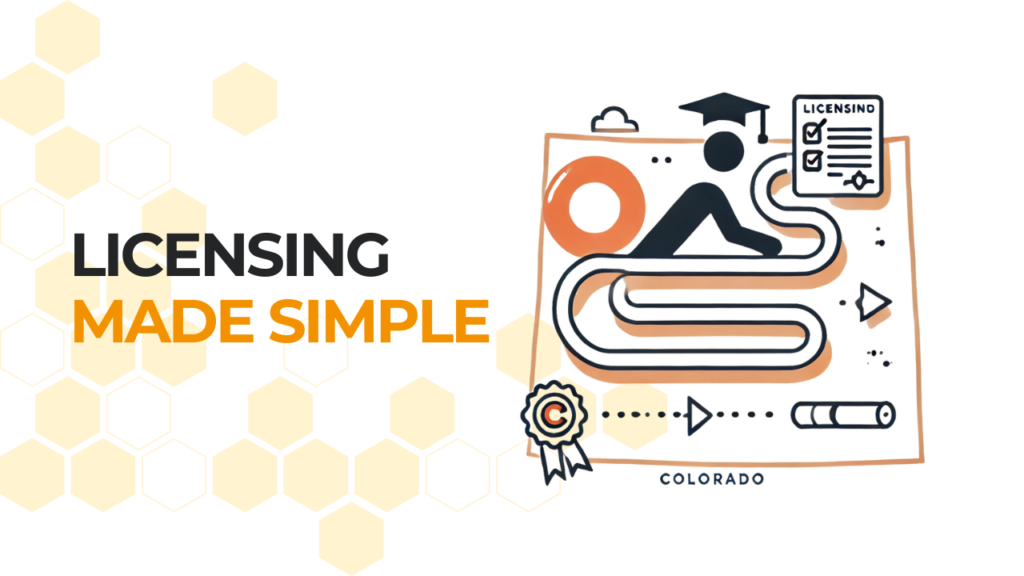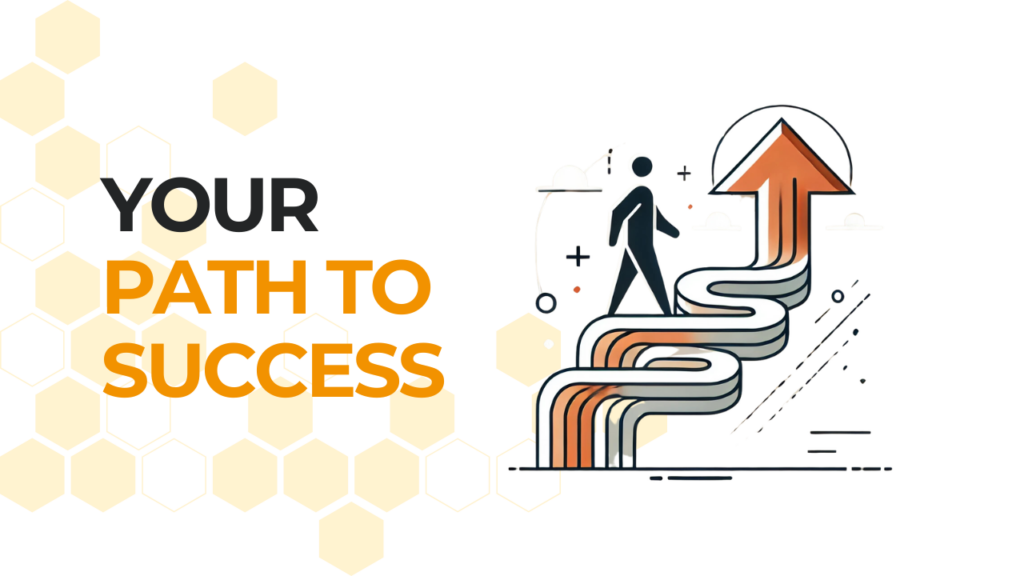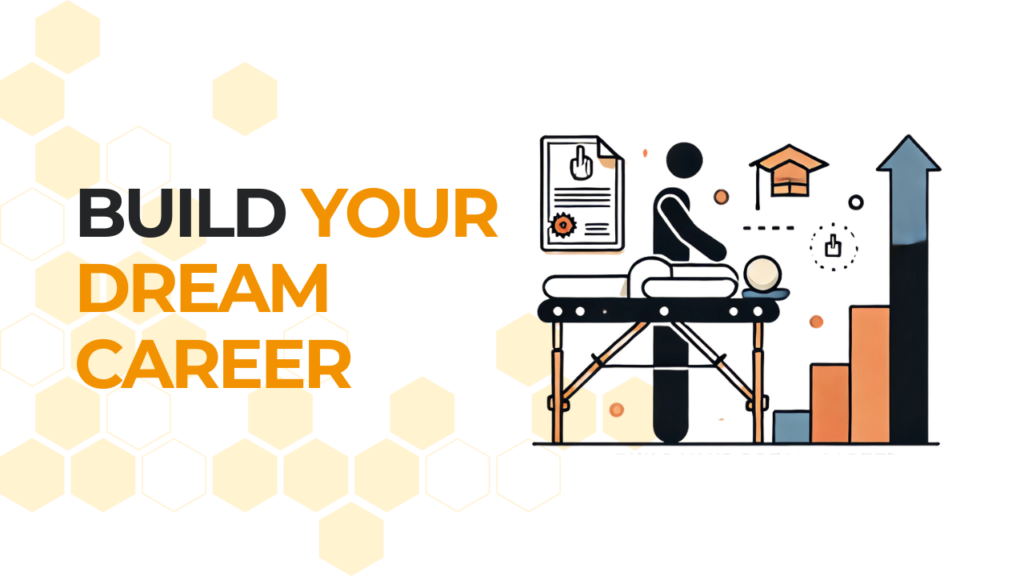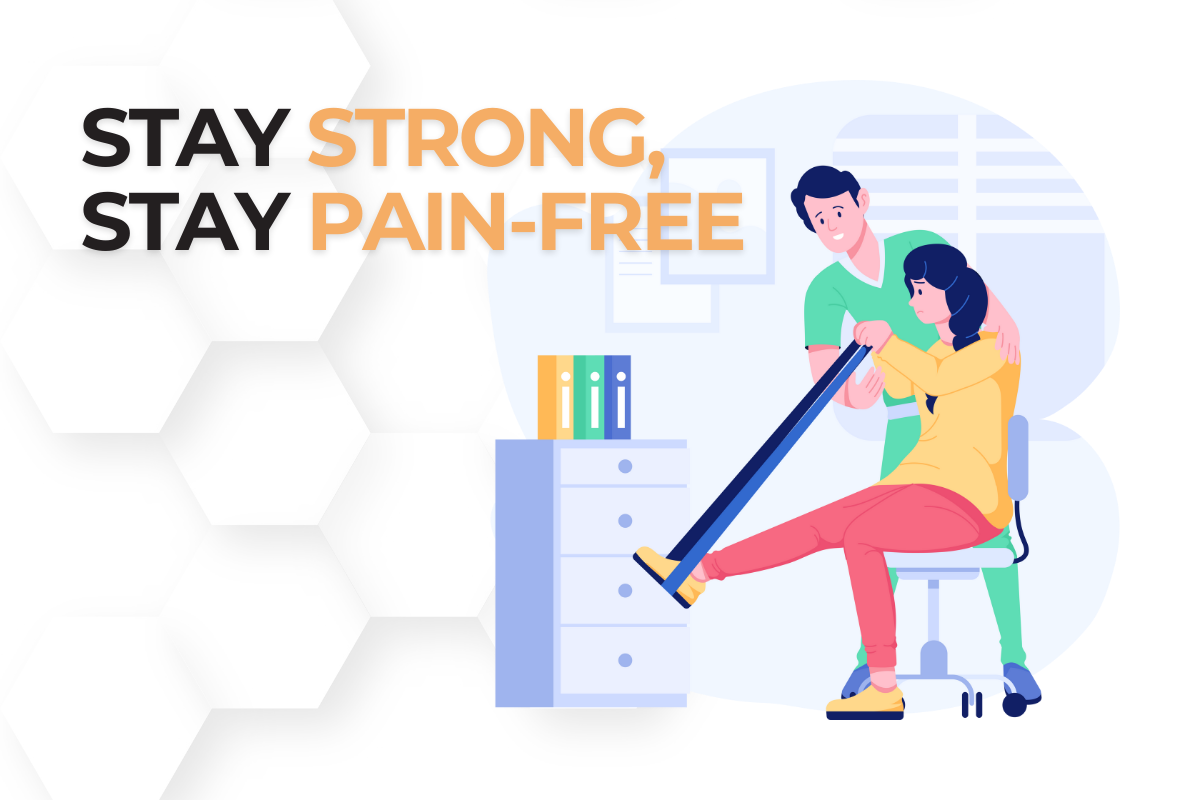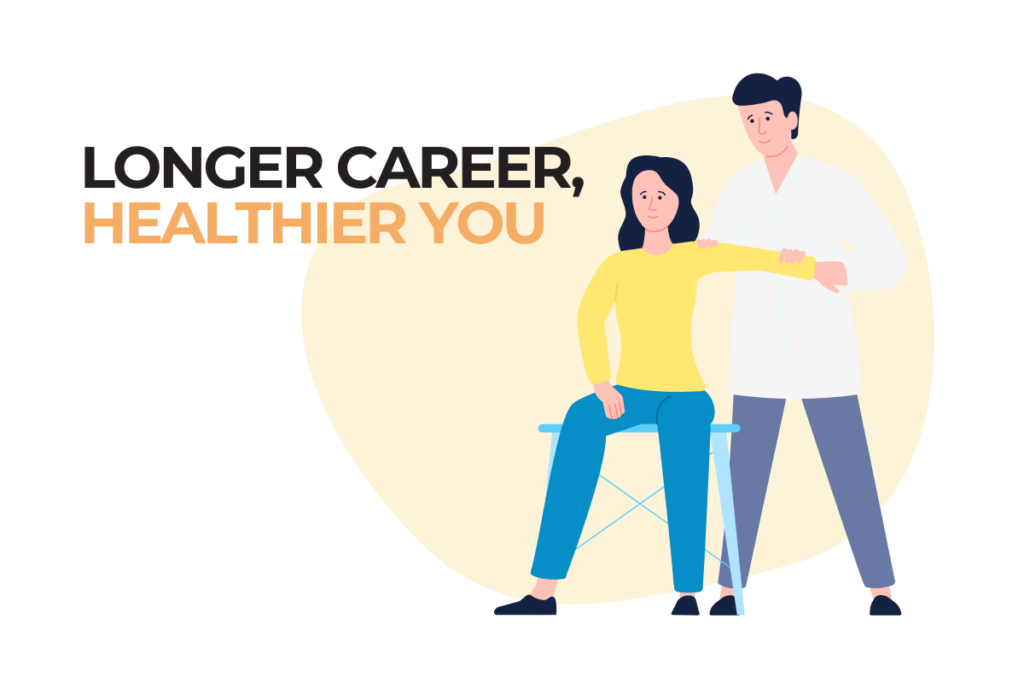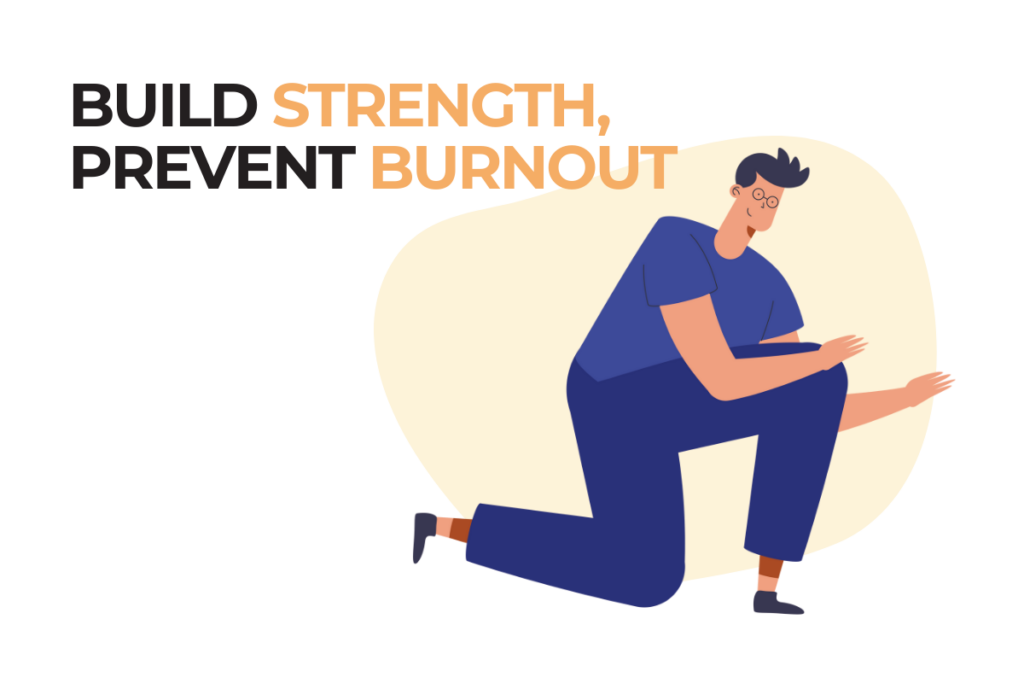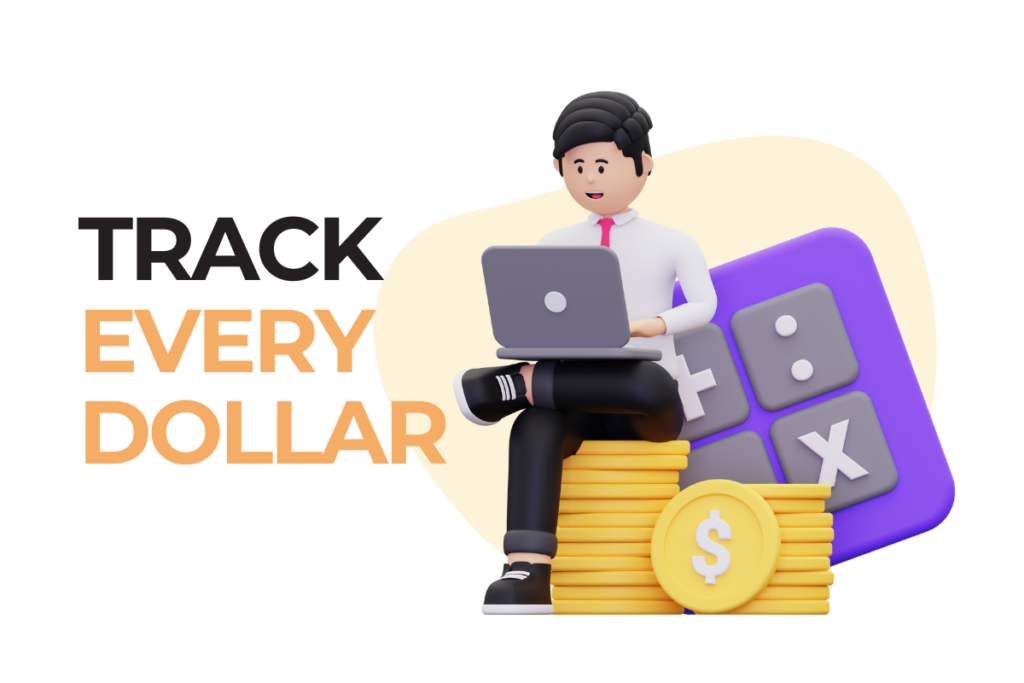Creating a Relaxing and Tailored Massage Experience: Finding the Right Communication Balance
Effective communication in massage therapy is more than just exchanging words; it’s about tuning into each client’s unique preferences and needs to create a truly comfortable and therapeutic environment. Striking the right balance between conversation and silence can be challenging for therapists, as each client may have different expectations. Some clients find conversation relaxing, while others may seek quiet time to disconnect and unwind. A thoughtful approach to communication not only enhances client satisfaction and trust but also enables therapists to focus on delivering high-quality, attentive care.
In this article, we’ll explore practical strategies to help therapists navigate diverse client communication preferences, ensuring each session feels personalized and calming. We’ll cover how to read non-verbal cues, ask open-ended questions to gauge communication comfort levels, and set expectations from the start of each appointment. These insights will help your clinic support a wide range of client needs, fostering an environment where clients feel understood and cared for, while therapists can maintain a calm and grounded presence throughout each session.
The Role of Communication in Massage Therapy
Enhancing Client Comfort and Trust
Effective communication is crucial in establishing a trusting relationship with clients. A welcoming dialogue before and during sessions can make clients feel comfortable, helping them relax and engage in the experience. According to a survey by the American Massage Therapy Association (AMTA), 87% of clients agree that positive communication from therapists improves their overall experience, which can directly impact client retention.
Learn how to build client trust with tools from Hivemanager’s Appointment Management System, which fosters clear and efficient client communication.
Assessing Client Preferences
Every client is unique, and understanding their comfort level with conversation is essential. Some may see talking as a form of connection and relaxation, while others prefer silence for deeper relaxation. Before the session begins, consider asking clients their preferences through a simple question during intake or as part of your online booking form. This proactive approach shows clients that you care about their experience, setting the foundation for a positive session.
Utilize Hivemanager’s Customizable Intake Forms to incorporate questions about communication preferences seamlessly into your workflow.
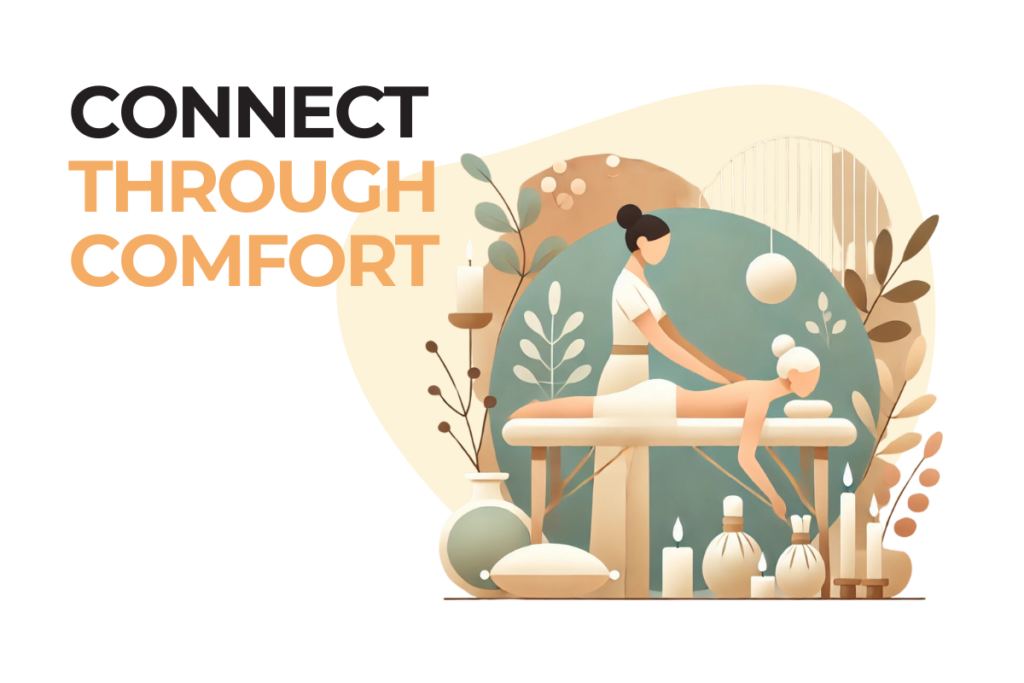
Benefits of Silence During Massage Sessions
Facilitating Deep Relaxation
Silence can be an integral part of the healing process, allowing clients to focus on the sensory experience. Research indicates that silent, mindful moments can promote relaxation by reducing cortisol levels and calming the nervous system. Encourage clients to immerse themselves in the experience by highlighting the therapeutic benefits of a quiet session.
Allowing Therapists to Focus
Silence during sessions not only benefits clients but also allows therapists to concentrate fully on technique and treatment goals. With fewer distractions, therapists can maintain focus, ensuring the quality of care and reducing the likelihood of injury or strain. This is particularly valuable during specialized treatments, where attention to detail is essential.
Advantages of Conversation During Treatments
Building Client-Therapist Relationships
A balanced approach to communication helps build rapport, creating a more personal experience for clients. Engaging in light conversation, especially at the start of the session, can help clients feel more comfortable, easing any anxiety they may have about the treatment. This simple step can make clients feel valued and heard, fostering long-term loyalty.
Providing Client Education
Conversation offers opportunities for therapists to educate clients on the benefits of various techniques, self-care tips, and aftercare practices. Sharing insights on how clients can continue to benefit from treatment after their session can boost client satisfaction and support their wellness goals. Simple discussions on topics like hydration, stretching, and proper posture create added value and enhance the client’s perception of your expertise.
Strategies for Balancing Conversation and Silence
Establishing Clear Boundaries
Setting expectations upfront helps ensure a smooth session. At the start of each session, therapists can respectfully ask if clients prefer a quiet experience or enjoy light conversation. Therapists may also explain how silence can enhance relaxation, creating an understanding that both conversation and quiet time can be beneficial.
Reading Non-Verbal Cues
Being attuned to body language helps therapists adjust their communication style naturally. For example, a client who is fidgeting or looking away may prefer silence, while a client who maintains eye contact and responds to questions may be open to conversation. Training therapists to recognize these cues can ensure client comfort without explicit discussions.
Implementing Client-Centered Communication Policies
Developing Intake Procedures
Using intake forms or pre-session consultations to understand client communication preferences can be a game-changer. Adding a simple question like “Do you prefer a quiet session or light conversation?” shows clients that you’re invested in their comfort. Integrating this step into your booking process helps streamline communication and ensures each session begins with clear expectations.
Training Staff for Consistency
A consistent approach across your clinic is vital. When all therapists are trained on communication best practices, clients receive a uniform experience that reflects your clinic’s professional standards. Regular team discussions about communication challenges and client feedback can help fine-tune your clinic’s policies and ensure therapists feel supported.
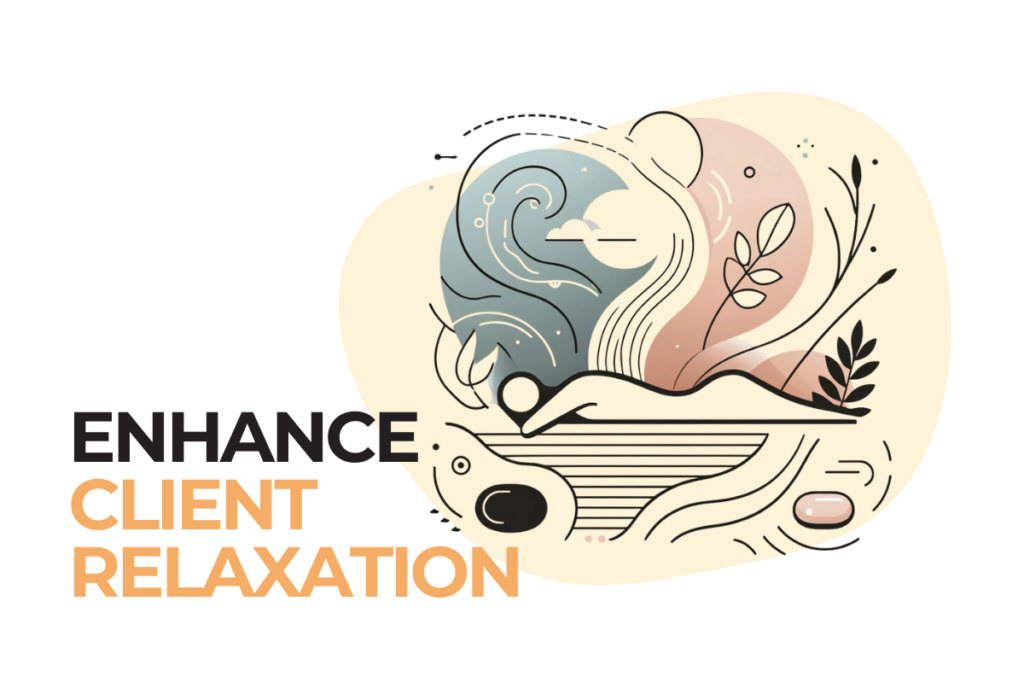
Addressing Challenges and Miscommunications
Handling Unexpected Client Behavior
Sometimes, clients may change their communication preferences mid-session. Therapists can respond by gently redirecting the session. For example, if a typically quiet client suddenly begins talking, therapists can acknowledge it and subtly guide them back to relaxation, saying something like, “Let’s take a few deep breaths and enjoy the silence to help you unwind.”
Dealing with Therapist Discomfort
For therapists who may struggle with excessive talking, it’s essential to have supportive measures in place. Encourage open communication within your team about any discomfort or challenges with client interactions. Therapists who feel empowered to set gentle boundaries can manage their energy more effectively, providing a better experience for both clients and themselves.
Enhancing Client Satisfaction Through Feedback
Soliciting Client Input
Client feedback is invaluable in understanding how well your communication policies are working. Implementing post-session surveys or brief feedback forms focused on communication preferences helps gather insights into client satisfaction. Questions like “Did your therapist respect your preference for silence or conversation?” can provide direct feedback that helps improve future sessions.
Adapting Practices Based on Feedback
Use client feedback to continually refine your communication strategies. A commitment to responding to client needs, such as adjusting policies to allow for greater flexibility, shows clients that their comfort is a top priority. Over time, this responsiveness can build loyalty and a reputation for exceptional service.
A Thoughtful Conclusion: Elevating Client Experiences Through Communication
Achieving the perfect balance between conversation and silence during massage therapy sessions is more than a technique—it’s an art that can transform the way clients perceive and experience your services. By prioritizing clear, client-centered communication, you create a space where relaxation, trust, and loyalty naturally flourish.
Understanding and respecting each client’s unique preferences not only highlights your professionalism but also reinforces the care and dedication you bring to your work. This intentional focus on the client’s needs helps distinguish your clinic as a trusted haven for wellness, fostering lasting relationships and ensuring your long-term success.
As you continue to refine your approach, remember that thoughtful communication is a cornerstone of exceptional service. By making it an integral part of your practice, you’re not just meeting expectations—you’re creating an experience that clients will cherish and return to time and again.
FAQs
The best way to understand client preferences is to ask directly during intake or at the start of a session. A simple question about their communication preference can set a positive tone and ensure they feel comfortable.
If a client starts talking during a session meant for silence, gently guide them back by encouraging relaxation with deep breaths or soft music. This approach respects their comfort while maintaining a calming environment.
Hold regular training sessions focused on reading body language, setting boundaries, and establishing client-centered communication. Encourage open discussions within your team to address any challenges or discomforts.
Yes, conversation can build rapport, enhance trust, and allow therapists to educate clients on techniques and self-care. However, it’s essential to balance talking with quiet time to support a relaxing experience.


